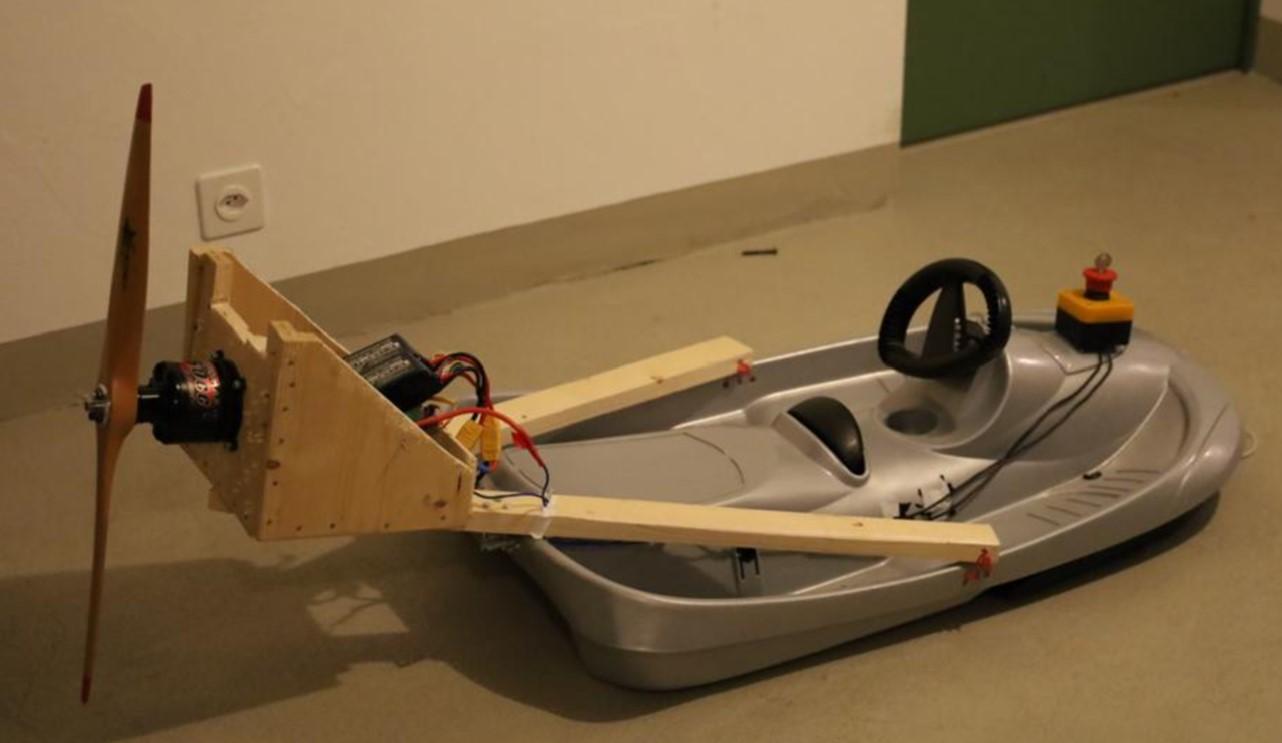
Polygence Scholar2023

Ulrico Zampa
Harrow SchoolClass of 2024London, Middlesex
About
Projects
- "CrazyFlie v2.1 Quadcopter" with mentor Soha (Feb. 24, 2023)
- "Exploring how an Arduino microcontroller can make prototyping and electronic design more accessible: my journey building a powered sled" with mentor Michael (Sept. 15, 2021)
Project Portfolio
CrazyFlie v2.1 Quadcopter
Started Mar. 22, 2022
Project Portfolio
Exploring how an Arduino microcontroller can make prototyping and electronic design more accessible: my journey building a powered sled
Started June 23, 2021
